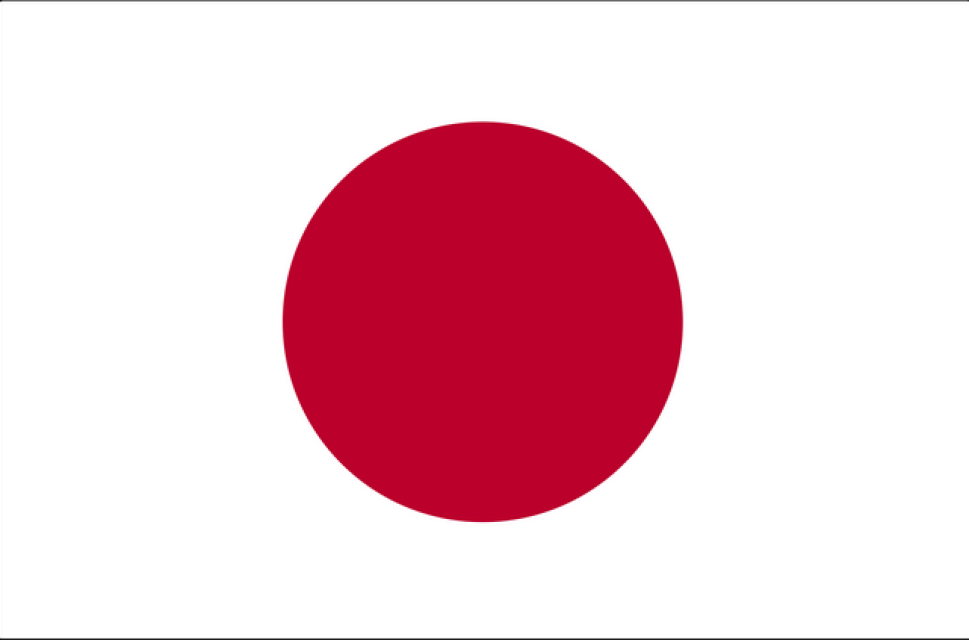|
If your native language is Japanese, these are the most likely accent patterns you will find in your speech when you speak English. The pronunciation targets you can work on to improve your American Accent are listed below. The links will take you to the appropriate video lessons and additional practice materials. You can access the first videos for free. The rest of the module is available for purchase on the Subscriptions button or in our store.
Practice in the order listed, as the most important patterns are listed first.
Step 1: Z
can sound like s at the ends of words was /wʌz/ sounds like wass or wa can sound like j or dz at the start of words zero sounds like jero or dzero Step 2: D can sound like “t” at the ends of words, or be left off the ends of words code sounds like coat, or we’d sounds like we Step 3: T can be left off the ends of words boat sounds like bow Step 4: /ɪ/ vowel /ɪ/ can sound like /i/ “vowel ee” it sounds like eat Step 5: TH /θ/ (as in “think, with”) can sound like s thing sounds like sing with sounds like wiss Step 6: TH /ð/ (as in those, breathe) can sound like d, z or th /θ/ those sounds like dose or zoze breathe sounds like breeze or breeth Step 7: ng can sound like n or have an extra "k" sound thing sounds like thin or think Step 8: L can be left off the ends of words can sound like r at the start of words and in blends call sounds like caw lead sounds like read, play sounds like pray Step 9: /æ/ “vowel a” can sound like vowel ah /a/ hat sounds like hot Step 10: V can sound like f or b at the ends of words leave sounds like leaf or leeb can sound like b at the start of words very sounds like berry Step 11: R /r/ and /ɹ, ɚ/ "vowel er" can sound like vowel schwa /ə/ in the middle or ends of words bird sounds like bud can be rolled or sound like l at the start of word and in blends reef sounds like leaf, free sounds like flee Step 12: Consonant Clusters can have sounds left off, or the same error patterns as above lived sounds like li, lift or live, want sounds like wan, words sounds like word or worts Step 13: final J can sound like zh /ʒ/ or "ch" edge sounds like ezh or etch Step 14: /e/ “vowel ay” can sound like vowel eh /ɛ/ wait sounds like wet Step 15: /a/ “vowel ah” can sound like vowel o /o/ not sounds like note Step 16: /ʊ/ “vowel U” can sound like vowel oo /u/ look sounds like Luke Step 17: /ə/ “vowel schwa” can sound like written letter rather than the American "uh" sound between sounds like bee-tween above sounds like ay-bove Step 18: G can sound like K at the ends of words pig sounds like pick
0 Comments
Leave a Reply. |
Categories |

 RSS Feed
RSS Feed